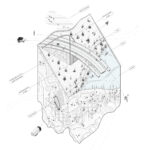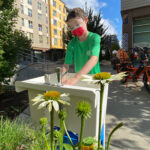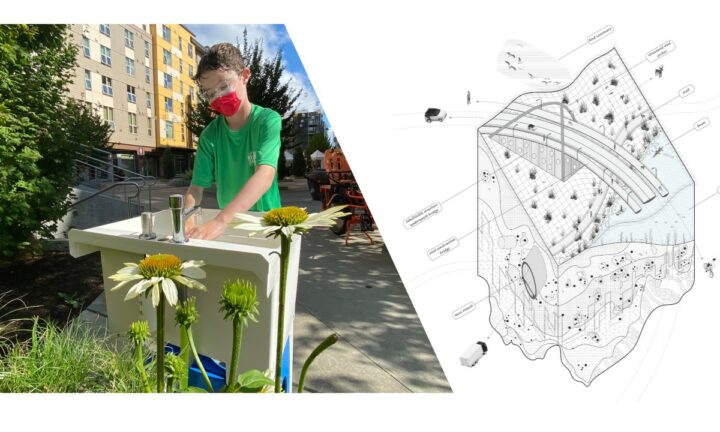Congratulations to SDF partners Wittman Estes and The Clean Hands Collective! Their projects, which were featured as part of SDF 2020: About Time, have been awarded Honorable Mentions at AIA Seattle’s 71st annual Honor Awards for Washington Architecture.
From 103 submittals, the jury chose 16 award winners from three categories – Built, Conceptual, and Research & Innovation. The distinguished jury included. Katherine Darnstadt AIA, NOMA, LEED AP (Latent Design), Sharon Johnston FAIA (Johnston Marklee), and Helena Zambrano AIA, CPHC (Mahlum). Co-Chairs for the 2021 AIA Seattle Honor Awards were Ming-Lee Yuan AIA (Olson Kundig) and Catherine De Almeida, ASLA (UW Department of Landscape Architecture, College of Built Environments).
Across the spectrum of project types, the jury acknowledged the strong design culture represented in our region and were so impressed with the “high level of design excellence in projects that delight, inspire and enrich their communities all while having a positive impact on the environment.”
Visit the Online Gallery to learn more about all of the projects awarded, as well as project team and collaborator information.
HONORABLE MENTION
 Duwamish Crossings –Wittman Estes
Duwamish Crossings –Wittman Estes
Duwamish Crossings is a conceptual project which re-imagines an alternative future for the Duwamish Valley through modes of resiliency in the forms of landscape, architecture, and infrastructure. The jurors appreciated the historical look at the context and the view that the contemporary evolution of urban environments can coexist with sensitive and site-specific pedestrian experiences that allow people to get closer to the watersheds in our cities.
 The Seattle Street Sink – The Clean Hands Collective
The Seattle Street Sink – The Clean Hands Collective
The Seattle Street Sink program is a community-based network of handwashing stations designed in response to the lack of public hygiene infrastructure. The way in which this design team presented their work captivated the jury’s imagination and challenged them to think about process, and how it is manifested in the built environment. The jury admired how this simple repeatable design solution, made with off-the-shelf parts, addresses a critical public health gap.





